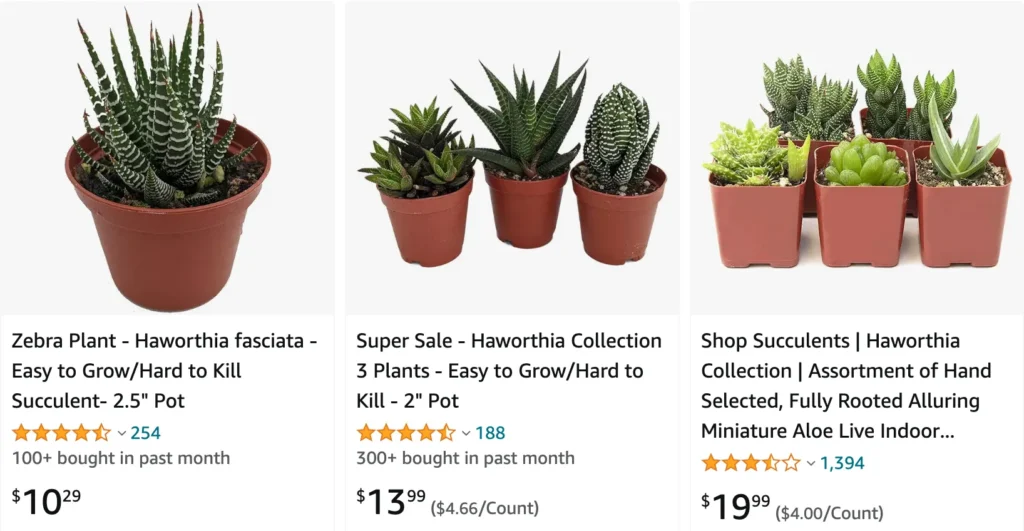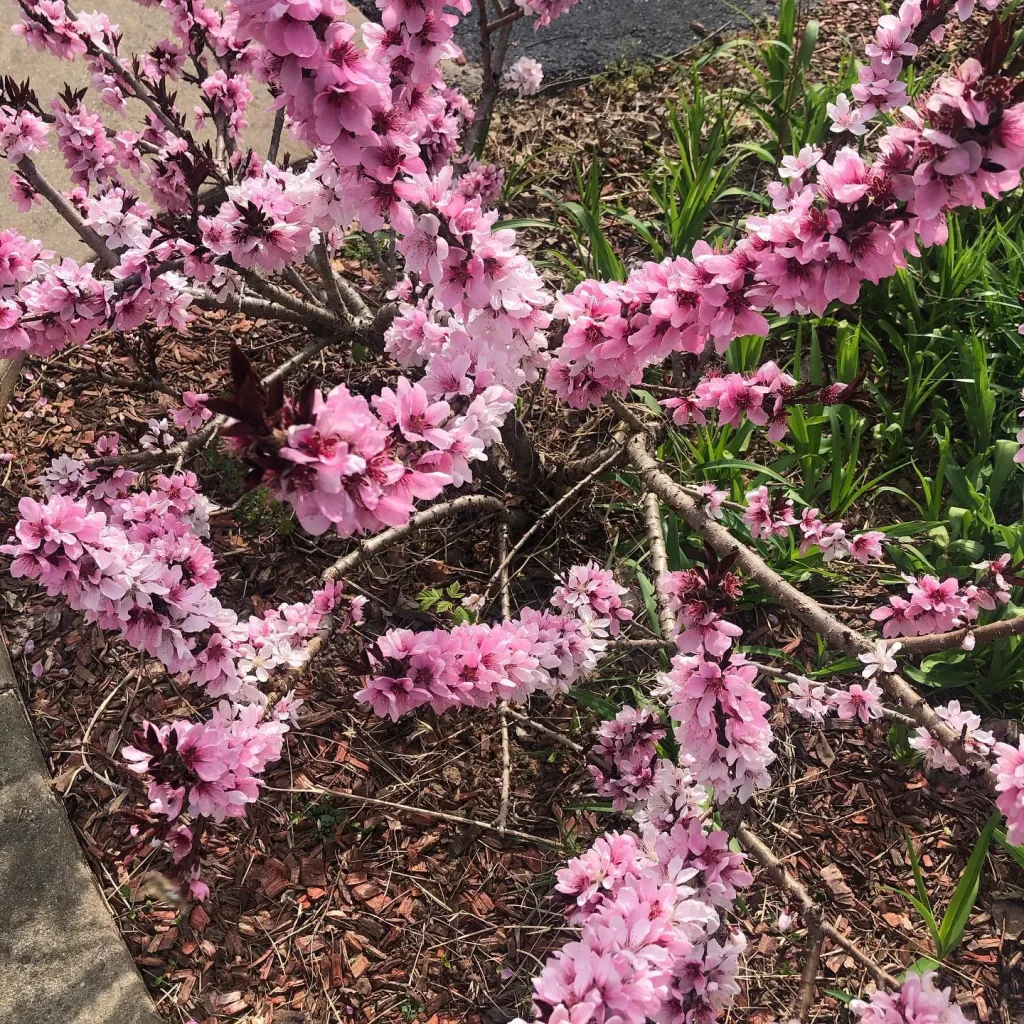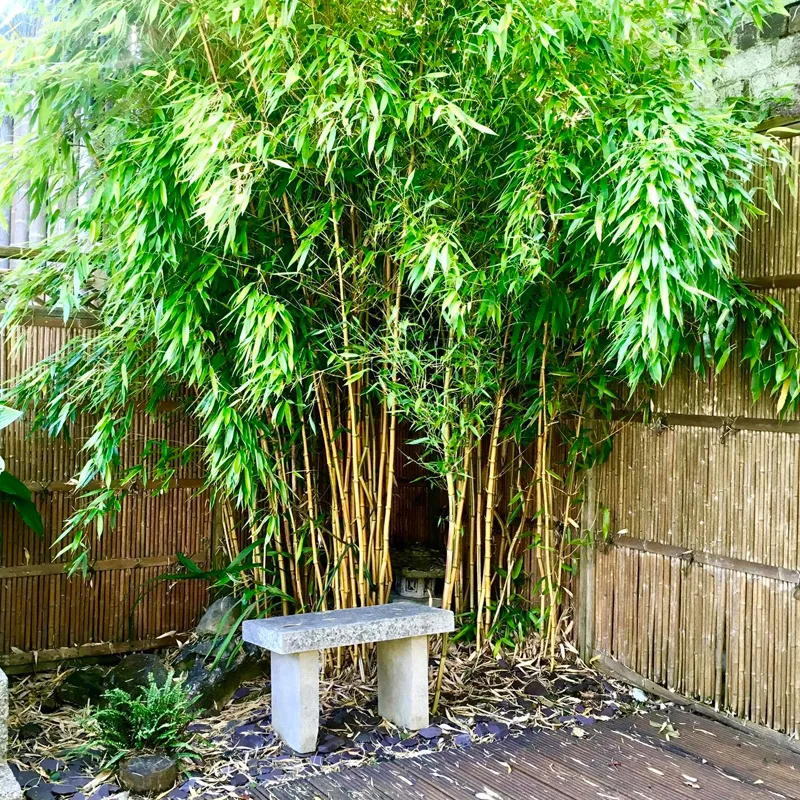
The Alluring Haworthiopsis Fasciata: A Zebra in My Plant Collection
My fascination with succulents started small, with a jade plant gifted by a friend. But soon, the allure of these diverse, low-maintenance beauties had me hooked. That’s how I stumbled upon the Haworthiopsis fasciata, also known as the Zebra Plant. Its captivating zebra-striped leaves and compact size made it an instant favorite in my collection.
Over the years, I’ve learned a lot about caring for this little wonder. Today, I want to share my experience with fellow succulent enthusiasts and anyone looking to add a touch of whimsy to their indoor space.
21 Species in Genus Haworthiopsis
What is Haworthiopsis Fasciata?
The Haworthiopsis fasciata is a small succulent native to South Africa’s Eastern Cape Province. Although not the most common variety in cultivation (often confused with its close relative, Haworthiopsis attenuata), its charm lies in its unique appearance.
Imagine a cluster of plump, triangular leaves stacked in a rosette pattern. Now, add bold white stripes running horizontally across their green surface, resembling a zebra’s markings. These stripes, technically called tubercles, are what truly set the Haworthiopsis fasciata apart.
This slow-growing succulent typically reaches a height of 4 inches, making it ideal for windowsills, small desks, or terrariums. During the summer months, it might surprise you with delicate white flowers emerging from a slender stalk, adding another layer of visual interest.
Haworthiopsis Fasciata vs Attenuata
In my experience, Haworthiopsis Fasciata has more striking white stripes that give it a cleaner, more refined look compared to the rougher, more textured appearance of Haworthiopsis Attenuata.
How to care for Haworthiopsis Fasciata?
The good news for beginner plant parents is that the Haworthiopsis fasciata is incredibly easy to care for. Here are some key things to remember:
- Light: This little zebra thrives in bright, indirect sunlight. A south-facing window is perfect, but avoid harsh afternoon sun that can scorch the leaves. East or west-facing windows also work well. If your home lacks sufficient natural light, consider supplementing with grow lights.
- Watering: Remember, succulents are drought-tolerant. Overwatering is the leading cause of Haworthiopsis fasciata demise. The general rule is to water deeply only when the soil feels completely dry to the touch. During the winter months, you can even reduce watering further.
- Soil: Well-draining soil is crucial. Opt for a succulent or cactus mix, or create your own by combining regular potting mix with perlite or sand for increased drainage.
- Potting: Choose a pot with a drainage hole to prevent waterlogging. A terracotta pot is a great option as it allows for better air circulation and helps prevent root rot.
- Temperature: The Haworthiopsis fasciata prefers moderate temperatures between 65°F and 80°F (18°C and 27°C). Avoid placing it near drafts or heating vents.
How Often Do Haworthiopsis Fasciata Produce New Pups?
One of the joys of owning a Haworthiopsis fasciata is witnessing its slow and steady growth. These succulents are not prolific pup producers, but with proper care, you might see new offsets (pups) emerge from the base of the mother plant every year or two.
These pups can be left to create a fuller, more dramatic display, or you can propagate them to create new plants (more on that later).
How to Propagate Haworthiopsis Fasciata: Sharing the Zebra Love
Propagating your Haworthiopsis fasciata is a rewarding way to expand your collection or share the zebra love with friends. Here’s how:
- Wait for the pups to mature. Ideally, the pups should be at least one-third the size of the mother plant before separation.
- Gently remove the pup. Using clean, sharp tools, carefully detach the pup from the mother plant, ensuring it has a few healthy roots attached.
- Prepare a pot for the pup. Use a pot with drainage and a well-draining succulent mix.
- Plant the pup. Plant the pup at the same depth it was growing in the mother plant’s pot. Water lightly to settle the soil.
- Aftercare. Place the newly potted pup in bright, indirect sunlight and avoid watering until the soil feels completely dry.
Does Haworthiopsis Fasciata Need Pruning?
Technically, Haworthiopsis fasciata doesn’t require pruning in the traditional sense. However, there might be situations where you want to remove dead or damaged leaves to maintain the plant’s aesthetics.
Here’s how to do it safely:
- Identify the unwanted leaf. Look for leaves that are brown, shriveled, or mushy. These are signs of damage from disease, overwatering, or physical trauma.
- Use sterile tools. Disinfect a pair of sharp scissors or pruning shears with rubbing alcohol to prevent the spread of any potential pathogens.
- Make a clean cut. Hold the leaf at its base and snip it off as close to the stem as possible. Avoid ripping or tearing the leaf, as this can damage the surrounding healthy tissue.
- Discard the removed leaf. Don’t add it to your compost pile, as diseased leaves can spread infection.
Remember, less is more when it comes to pruning your Haworthiopsis fasciata. The natural reabsorption of lower leaves contributes to the plant’s health and shouldn’t be interfered with unless absolutely necessary.
If i die, water my plants!


